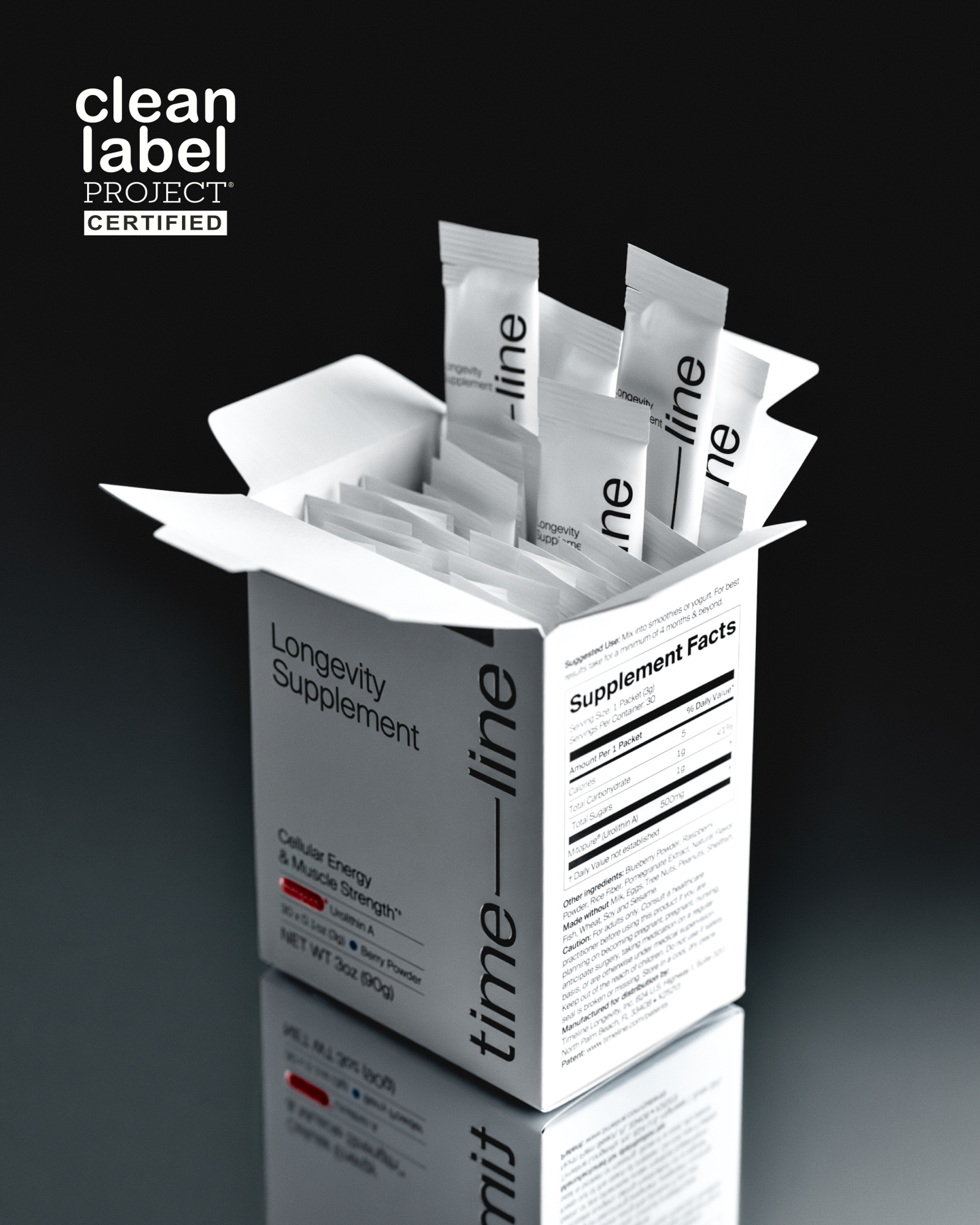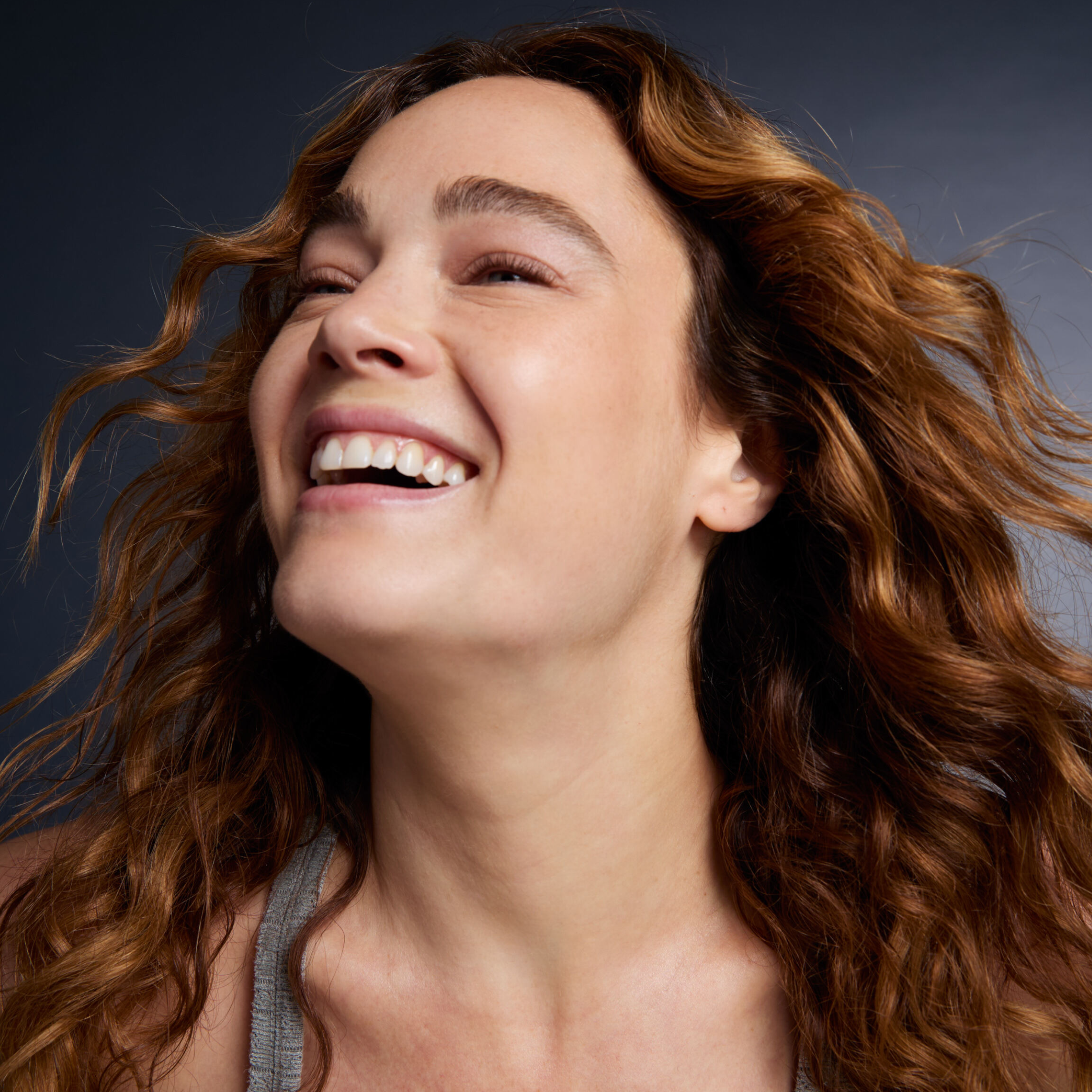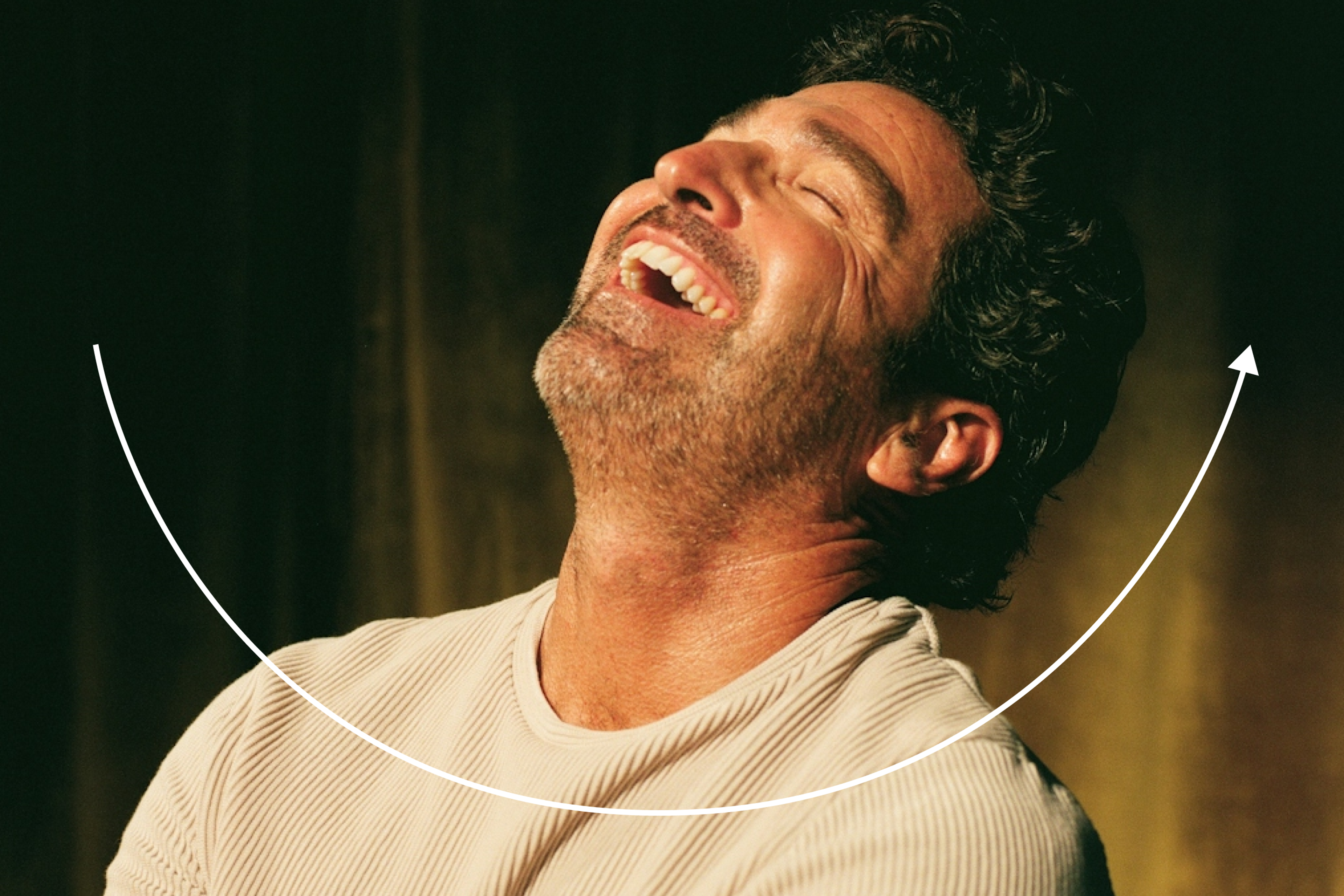Nature and Longevity: How the Outdoors Boosts Health
Is it time to touch grass? Learn how time in nature relieves stress, supports immunity, enhances cognitive performance, and promotes longevity.
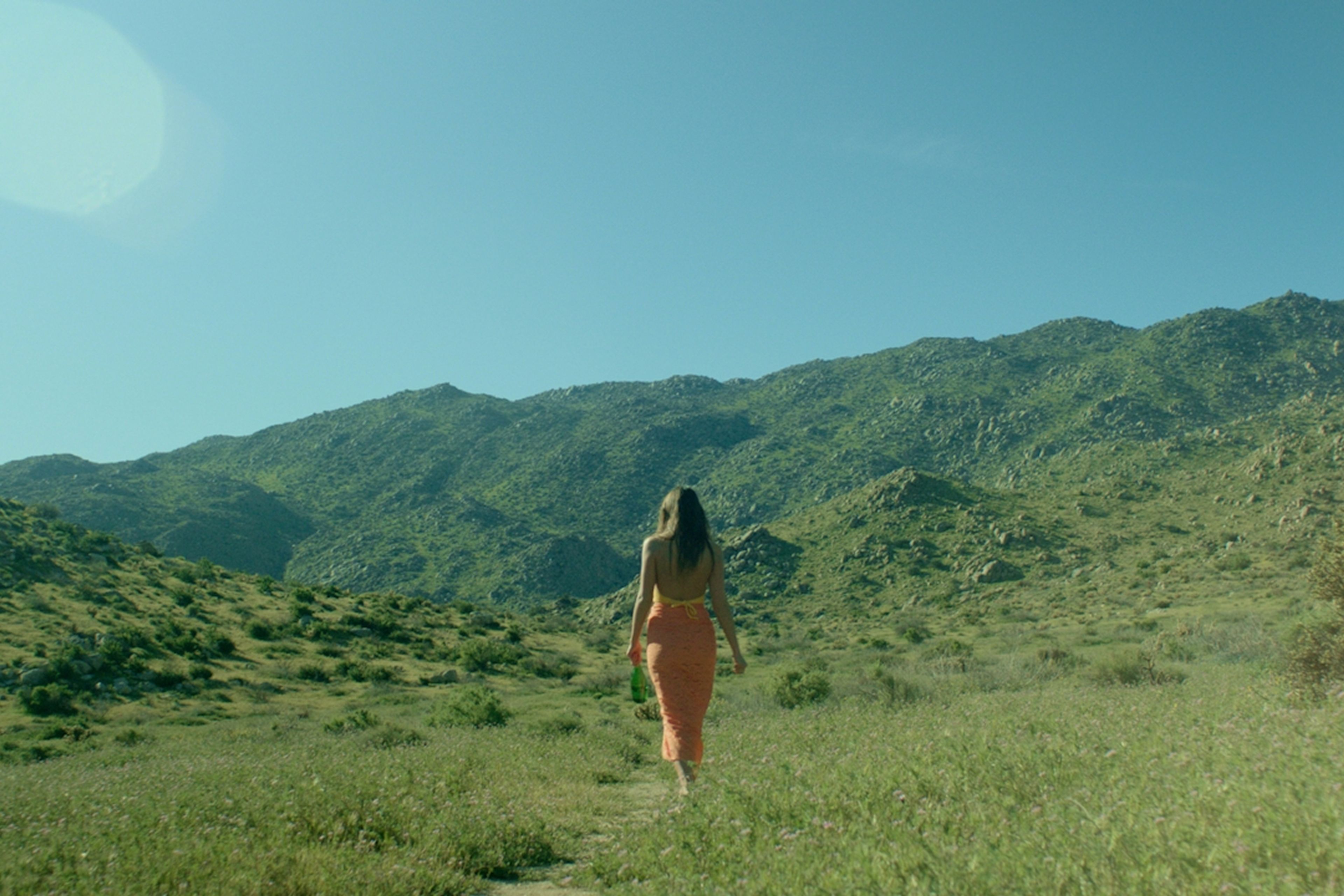
What to know
Spending time in blue and green spaces activates the parasympathetic nervous system, lowering blood pressure and promoting relaxation.
Forest bathing can enhance immune response, reduce inflammation, and improve cellular health.
Grounding practices can boost sleep quality, balance circadian rhythms, and reduce oxidative stress.
Nature and Longevity: How the Outdoors Recharges Your Body, Mind, and Mitochondria
When the going gets tough, the tough touch grass.
It’s common to feel trapped and overwhelmed in modern-day life, especially when we are stuck inside all day. Turns out, even a little time outdoors can make things feel more manageable and remind us that we're living a human experience.
It’s not just in your head; this effect is physiological. Emerging research suggests that natural environments can slow aging, reduce inflammation, and enhance mitochondrial health.
Let's explore how a simple walk in the woods might do more for your healthspan than one might expect.
Nature’s Built-In Stress Relief
Just minutes in a forest or by the ocean can have a measurable effect on our physiology and psychology.[1] Green spaces like forests and parks, as well as blue spaces such as lakes, rivers, and oceans, have been shown to lower stress, regulate the nervous system, and reduce the risk of illness.[2]
The Neurobiology of Relaxation
Early research explores how time in green spaces activates the parasympathetic nervous system, allowing us to enter a state of “rest and digest.”[3]
Time in nature doesn’t just promote physical activity; it carries benefits beyond what a city landscape provides. Studies show that walking in natural settings reduces activity in the subgenual prefrontal cortex, a brain region linked to mental illness. Nature walks can also reduce amygdala activity, linked to emotions like fear and anxiety. [4]By calming this emotional center, walking in natural settings can quiet mental chatter to ease the mind.
This shift slows the nervous system, promotes lower blood pressure, and can even enhance immune function.[5] This is not just relaxation; it’s reparation. In contrast, walking in urban environments doesn’t carry the same effect.
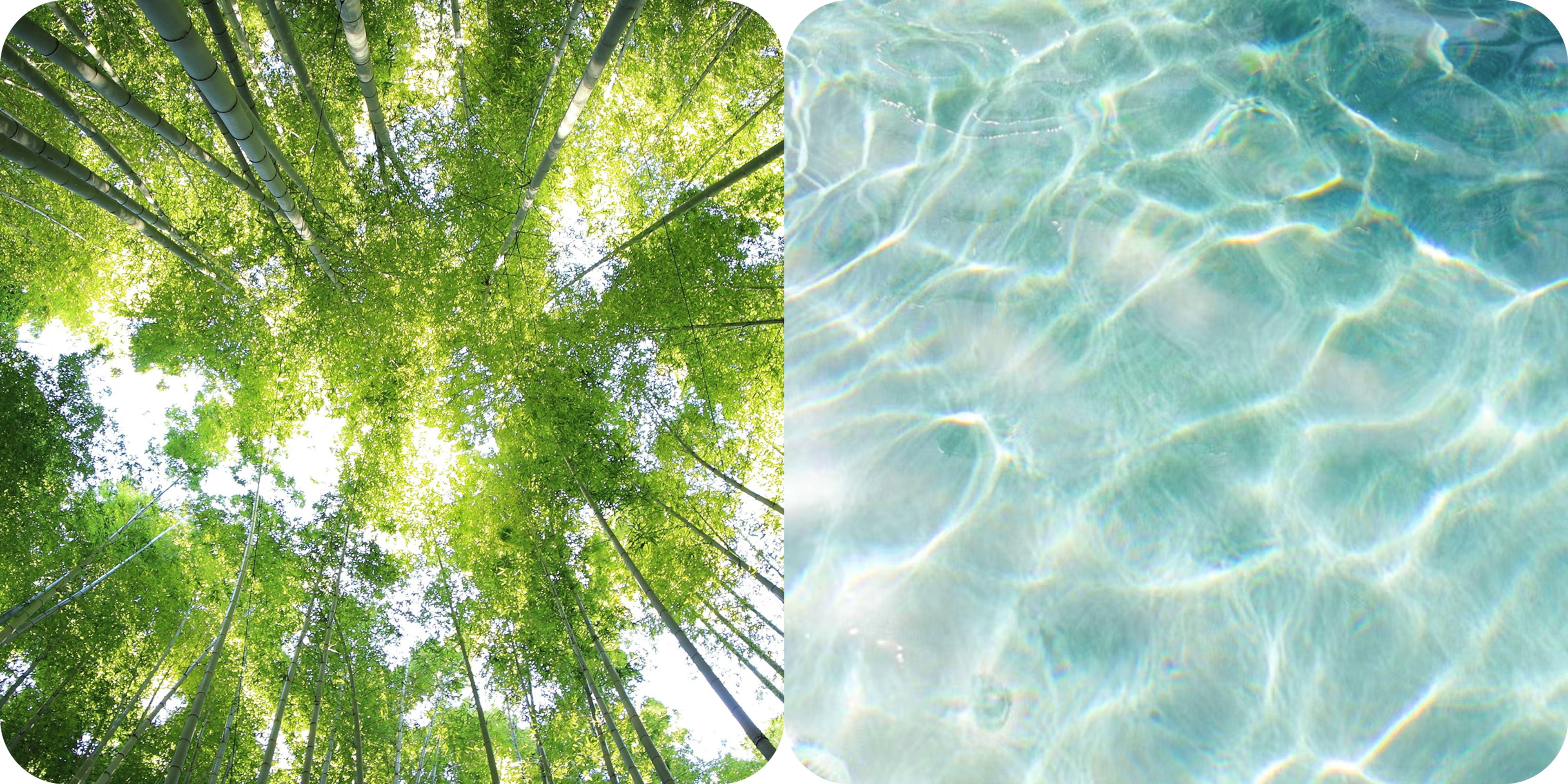
Green vs. Blue Spaces
Both green and blue spaces offer restorative benefits, but their effects can differ.
Green spaces, such as forests or parks, are often rich in diverse plant life and visuals that calm the mind and body.[6] Additionally, we breathe in phytoncides (antimicrobial compounds produced by trees). Studies suggest that these woodland “essential oils” can have a positive impact on immune and endocrine function.[7]
Blue spaces, such as oceans and lakes, provide rhythmic cues, wide-open horizons, and soothing light reflections that can cultivate feelings of expansiveness. Some studies suggest blue spaces may have stronger associations with mood regulation and anxiety relief[8] than green spaces. This includes triggering salutogenic effects, making life feel more manageable and cohesive.[9]
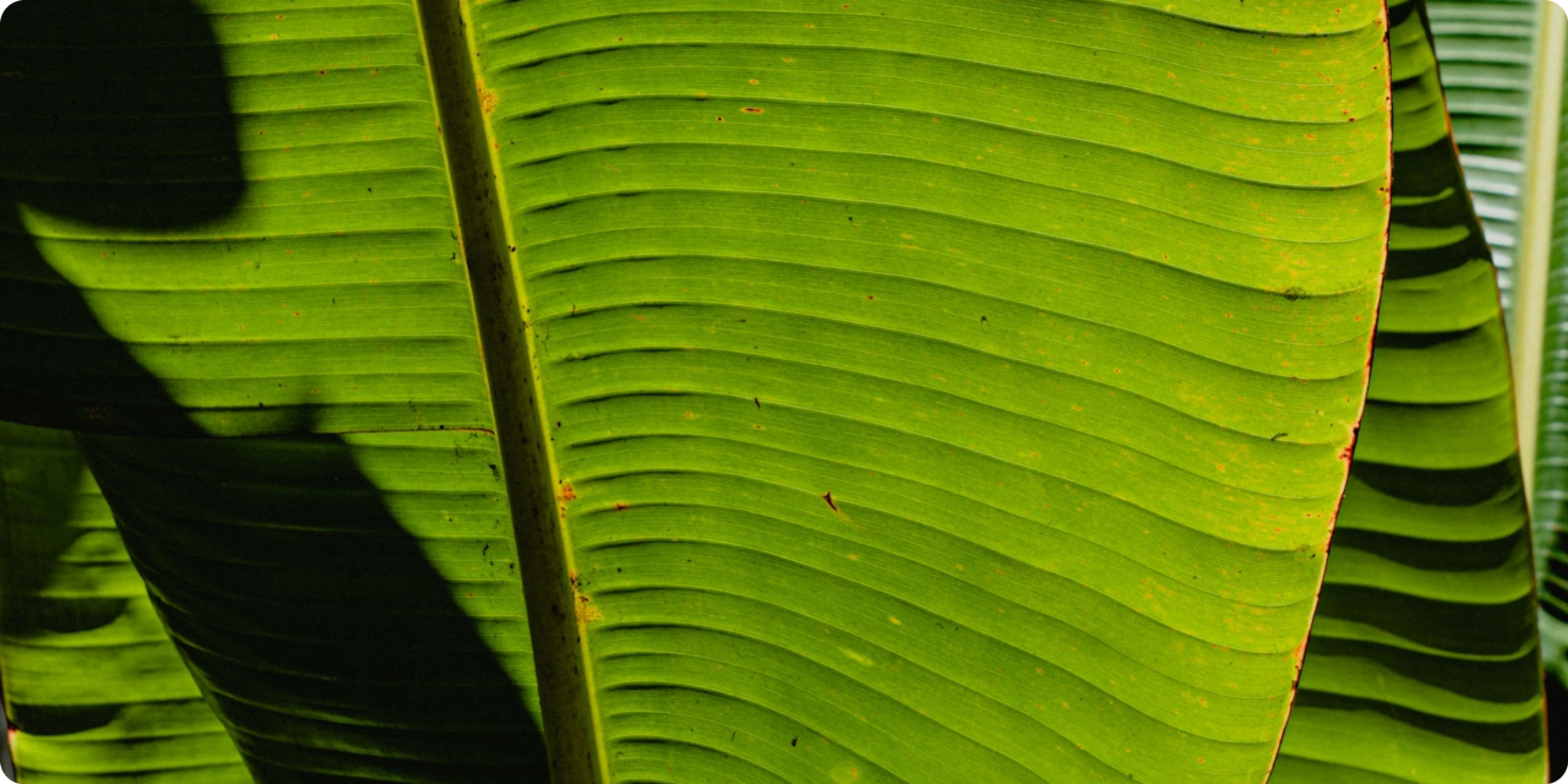
The surprising power of green light
The light that reflects off plants may also contribute to nature’s therapeutic effects. Sunlight filtered through leaves creates a rich spectrum of green light. This wavelength, between 495 and 570 nm, may have unique benefits for the brain.
In particular, exposure to green light from light-emitting diodes has been linked to reduced migraine intensity and frequency. Researchers believe green light may alter pain pathways and reduce cortical hyperexcitability, a key factor in migraines. It is unclear if the natural green light in nature will have the same effect.[10]
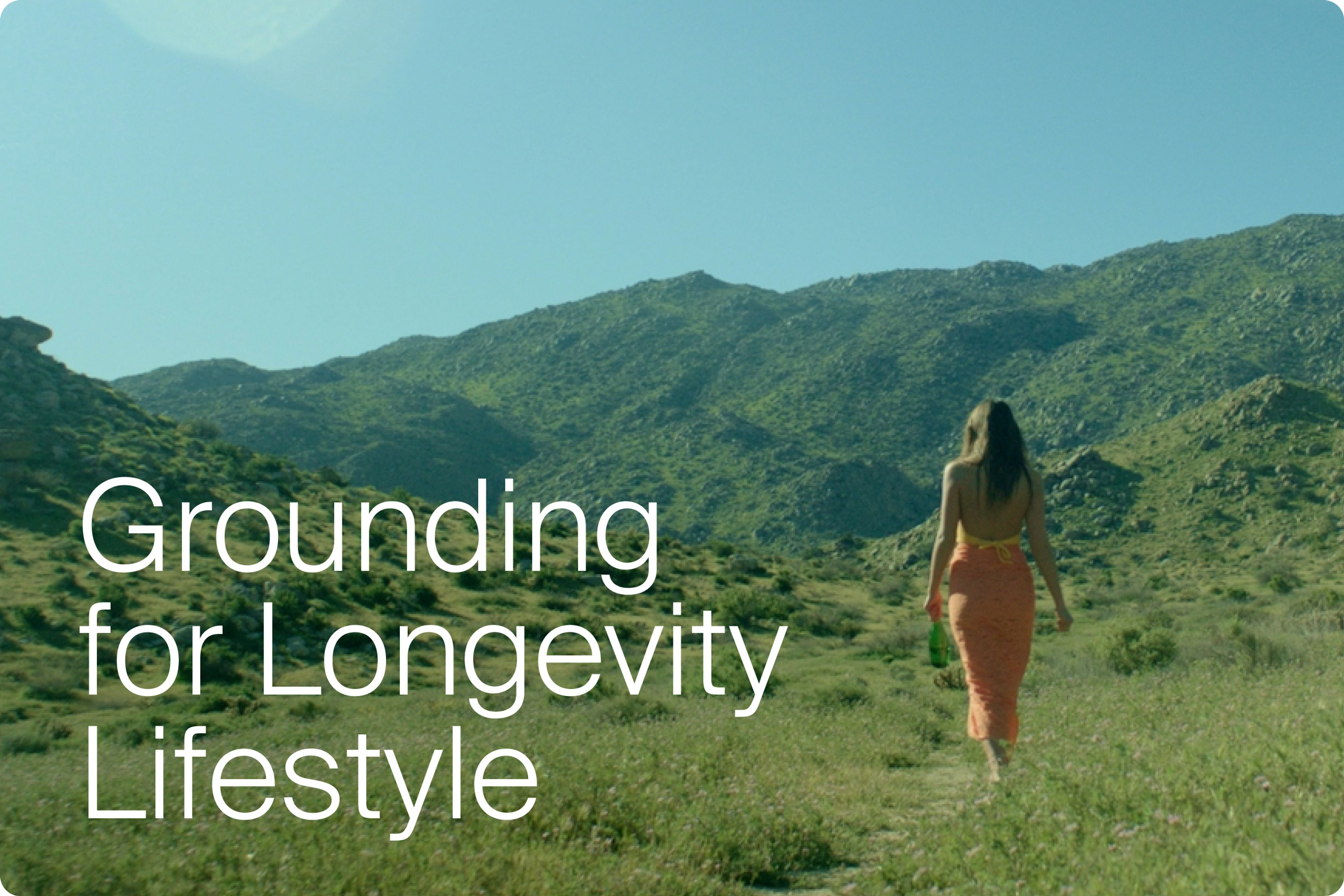
Grounding For Longevity Lifestyle
The human body, while exceptionally complex, is a giant electrical circuit.
One of the simplest and most underrated outdoor activities for stress relief is grounding, also called earthing. All it takes is direct skin contact with the Earth’s surface. Try walking barefoot on grass, sand, or soil, or lying down on natural ground.
The Earth’s surface carries a natural negative charge. Proponents of grounding suggest that this charge is transferred to us through direct contact with our skin, potentially reducing inflammation and promoting cellular repair. This research is considered speculative, but it is a growing field of interest.
Grounding practices have been linked to:[11]
- Improved sleep quality and circadian rhythm regulation
- Cortisol regulation and sympathetic nervous system activity
- Decreased pain and muscle soreness
- Enhanced mood and overall well-being
- Improved heart rate variability, an important marker of nervous system balance and resilience.
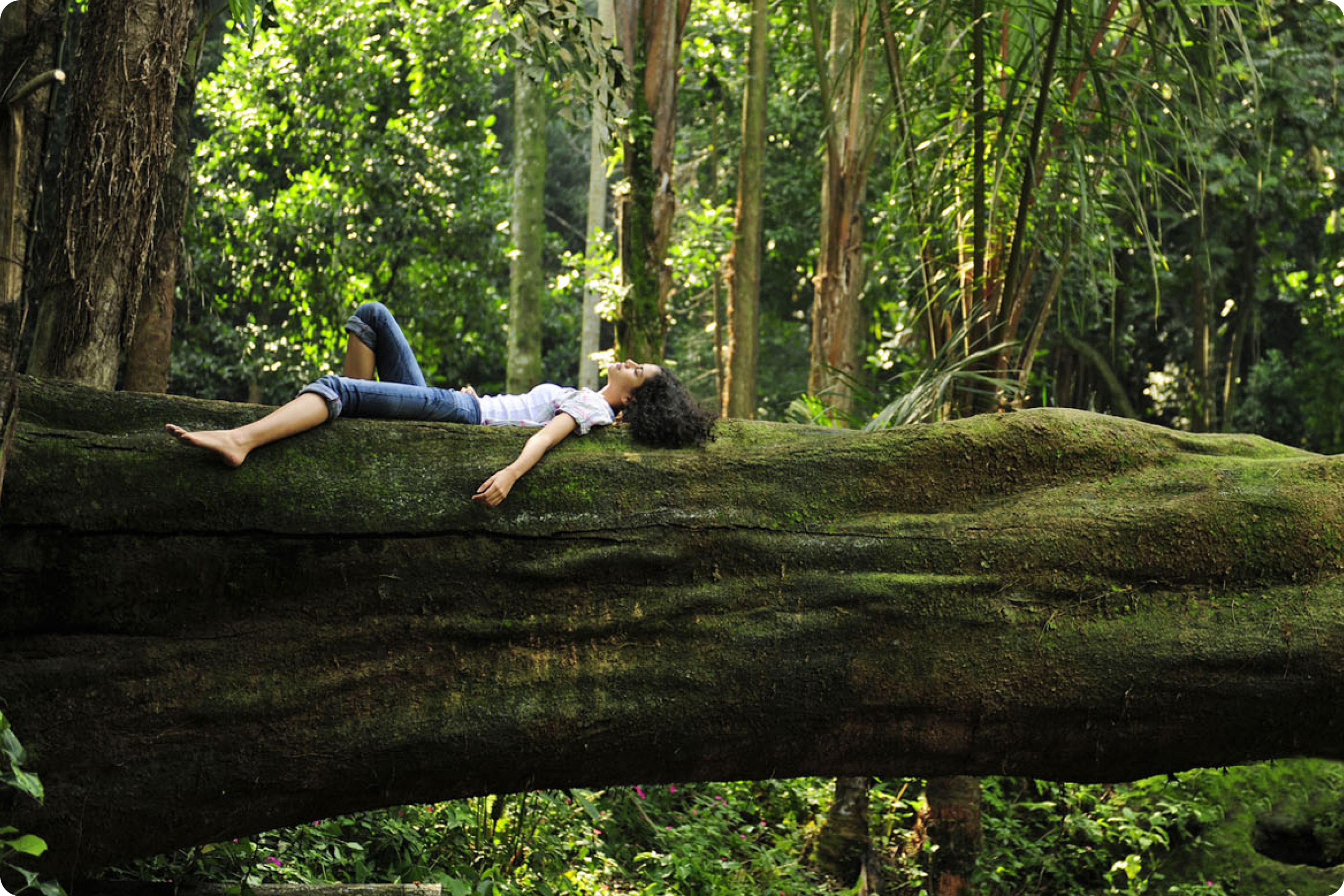
Forest Bathing for Cellular Health
The Japanese practice of Shinrin-yoku, or forest bathing, has been shown to increase natural killer cell activity.[12] Despite their intimidating name, natural killer cells are our friends. They are key to immune function, helping the body fend off infections and potentially suppress tumor development.
Forest bathing can also reduce sympathetic nervous system activity and boost parasympathetic tone, which is linked to better immune regulation and decreased oxidative stress.[13]
Cortisol and inflammatory pathways
Research finds that regular exposure to nature reduces markers of systemic inflammation, a silent driver of nearly every chronic disease.
Chronic low-grade inflammation is now recognized as one of the core hallmarks of aging, giving rise to the "inflammaging" theory that links immune dysfunction to accelerated biological aging.
Cellular health and your mitochondria
Mitochondria (our cellular power plants) are sensitive to oxidative stress and inflammaging. While research has yet to uncover a direct role of nature bathing in mitochondrial health, improving markers of cellular health may support the health of our energy suppliers.
Mitopure®, the first clinically proven Urolithin A supplement, has been proven to support our mitochondria. It does so by stimulating a mitochondrial recycling known as mitophagy.[14] In high-quality clinical trials, Mitopure was shown to:
- Increase cellular energy by promoting mitochondrial gene signatures[15].
- Support cellular[16] renewal
- Increase muscle strength in inactive middle-aged adults after 4 months when taking 500mg per day.[17]

Mitopure Softgels
4.5 · 3643 reviews
The simplest form of Mitopure
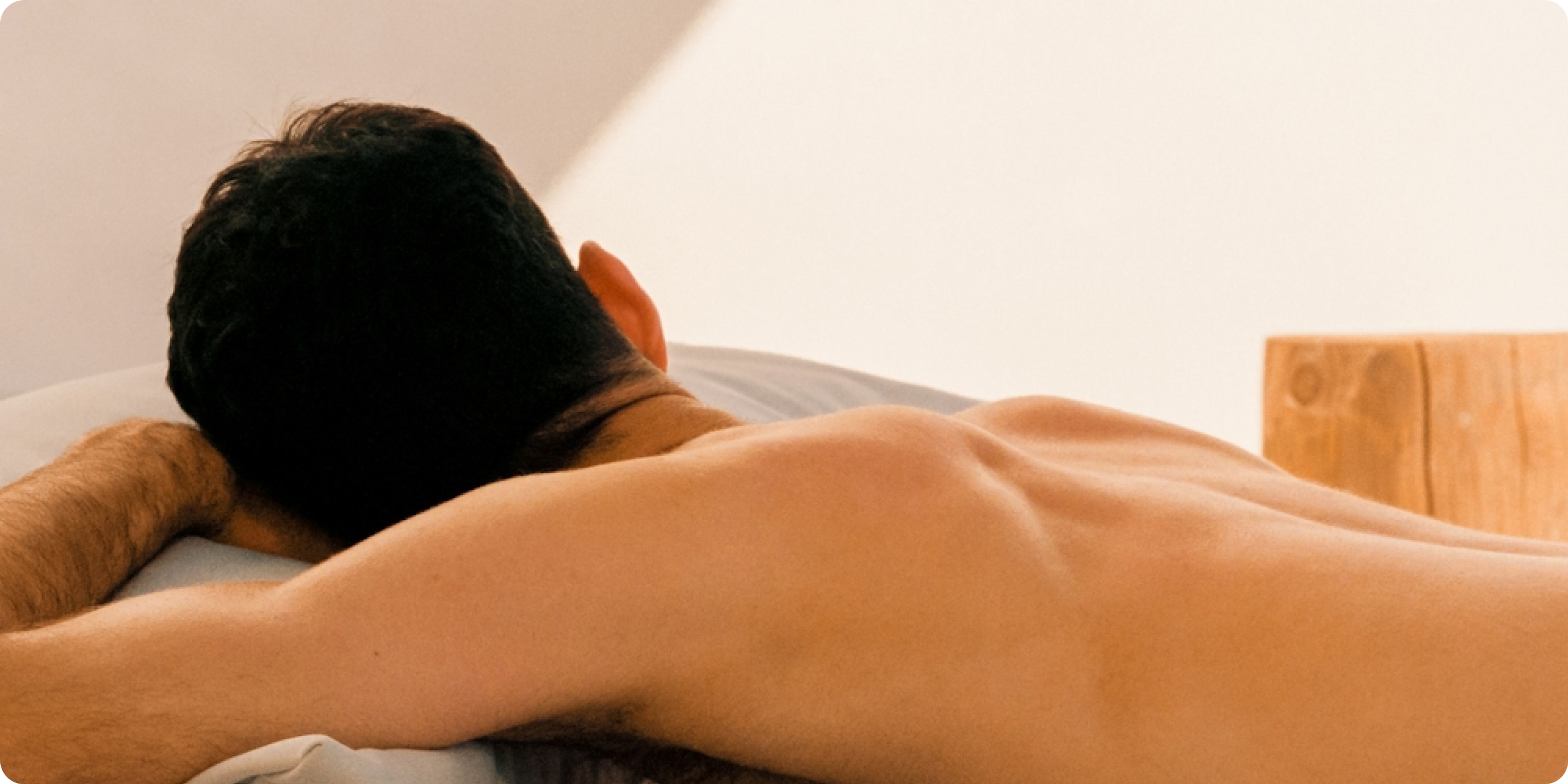
Gentle Movement and Better Sleep
Unlike the intense pressure of a gym workout, walking outdoors promotes low-intensity movement that’s sustainable and enjoyable. This supports healthy mitochondria and metabolic health.
Exposure to natural light in the morning and early evening is one of the best ways to anchor your circadian rhythm.[18] This light-dark signaling enhances melatonin production and improves sleep quality, key factors in recovery and cellular repair. Sunlight can also provide you with natural red light,[19] which may help improve your sleep quality.
Bringing Nature Into Your Longevity Routine
Incorporating nature into your daily routine doesn’t require a mountain retreat. Start with micro-moments: take your lunch break outside, do a 10-minute walk after dinner, or tend to a balcony garden.
Nature is not a luxury, it’s a necessity. So go ahead: touch grass, dip your toes in the ocean, and reclaim the ancient, powerful connection that your body and mind were designed for.
Authors

Written by
Freelance writer

Reviewed by
Director Science Communications
References
- ↑
Meredith, G. R., Rakow, D. A., Eldermire, E. R. B., Madsen, C. G., Shelley, S. P., & Sachs, N. A. (2020). Minimum Time Dose in Nature to Positively Impact the Mental Health of College-Aged Students, and How to Measure It: A Scoping Review. Frontiers in psychology, 10, 2942. https://doi.org/10.3389/fpsyg.2019.02942 (https://www.google.com/url?q=https://doi.org/10.3389/fpsyg.2019.02942&sa=D&source=docs&ust=1750168154702151&usg=AOvVaw3qeLZ3EWNBG8DOFhwdMM5B)
- ↑
Geary RS, Thompson DA, Garrett JK, et al. Green–blue space exposure changes and impact on individual-level well-being and mental health: a population-wide dynamic longitudinal panel study with linked survey data. Southampton (UK): National Institute for Health and Care Research; 2023 Oct. (Public Health Research, No. 11.10.) Chapter 1, Green and blue space and mental health. Available from: https://www.ncbi.nlm.nih.gov/books/NBK597114/ (https://www.google.com/url?q=https://www.ncbi.nlm.nih.gov/books/NBK597114/&sa=D&source=docs&ust=1750168154704467&usg=AOvVaw1k7MXTYvpgmsiU00-U7ny7)
- ↑
Jimenez, M. P., DeVille, N. V., Elliott, E. G., Schiff, J. E., Wilt, G. E., Hart, J. E., & James, P. (2021). Associations between Nature Exposure and Health: A Review of the Evidence. International journal of environmental research and public health, 18(9), 4790. https://doi.org/10.3390/ijerph18094790 (https://www.google.com/url?q=https://doi.org/10.3390/ijerph18094790&sa=D&source=docs&ust=1750168154707350&usg=AOvVaw0lebTfGM8I0SS2r2ZC63BS)
- ↑
Bratman, G. N., Hamilton, J. P., Hahn, K. S., Daily, G. C., & Gross, J. J. (2015). Nature experience reduces rumination and subgenual prefrontal cortex activation. Proceedings of the National Academy of Sciences of the United States of America, 112(28), 8567–8572. https://doi.org/10.1073/pnas.1510459112 (https://www.google.com/url?q=https://doi.org/10.1073/pnas.1510459112&sa=D&source=docs&ust=1750168154709437&usg=AOvVaw1r7qDHflbaq592eJktXzkx)
- ↑
Sundermann, M., Chielli, D., & Spell, S. (2023). Nature As Medicine: The 7th (Unofficial) Pillar of Lifestyle Medicine. American journal of lifestyle medicine, 17(5), 717–729. https://doi.org/10.1177/15598276231174863 (https://www.google.com/url?q=https://doi.org/10.1177/15598276231174863&sa=D&source=docs&ust=1750168154683625&usg=AOvVaw1fnmRObx4wYnHcXtiZoMd6)
- ↑
Beyer, K. M., Kaltenbach, A., Szabo, A., Bogar, S., Nieto, F. J., & Malecki, K. M. (2014). Exposure to neighborhood green space and mental health: evidence from the survey of the health of Wisconsin. International journal of environmental research and public health, 11(3), 3453–3472. https://doi.org/10.3390/ijerph110303453 (https://www.google.com/url?q=https://doi.org/10.3390/ijerph110303453&sa=D&source=docs&ust=1750168154688798&usg=AOvVaw1Qg0BdIy8n_3VaGQBDp4Ec)
- ↑
Li Q. Effect of forest bathing trips on human immune function. Environ Health Prev Med. 2010 Jan;15(1):9-17. doi: 10.1007/s12199-008-0068-3. PMID: 19568839; PMCID: PMC2793341.
- ↑
de Vries, S., Ten Have, M., van Dorsselaer, S., van Wezep, M., Hermans, T., & de Graaf, R. (2016). Local availability of green and blue space and prevalence of common mental disorders in the Netherlands. BJPsych open, 2(6), 366–372. https://doi.org/10.1192/bjpo.bp.115.002469 (https://www.google.com/url?q=https://doi.org/10.1192/bjpo.bp.115.002469&sa=D&source=docs&ust=1750168154689880&usg=AOvVaw2GEEUUT26FrNwPmcRlJSlg)
- ↑
Georgiou, M., Morison, G., Smith, N., Tieges, Z., & Chastin, S. (2021). Mechanisms of Impact of Blue Spaces on Human Health: A Systematic Literature Review and Meta-Analysis. International journal of environmental research and public health, 18(5), 2486. https://doi.org/10.3390/ijerph18052486 (https://www.google.com/url?q=https://doi.org/10.3390/ijerph18052486&sa=D&source=docs&ust=1750168154684481&usg=AOvVaw2NiIU3N06kjZC2Tc06aXWm)
- ↑
Martin, L. F., Patwardhan, A. M., Jain, S. V., Salloum, M. M., Freeman, J., Khanna, R., Gannala, P., Goel, V., Jones-MacFarland, F. N., Killgore, W. D., Porreca, F., & Ibrahim, M. M. (2021). Evaluation of green light exposure on headache frequency and quality of life in migraine patients: A preliminary one-way cross-over clinical trial. Cephalalgia : an international journal of headache, 41(2), 135–147. https://doi.org/10.1177/0333102420956711 (https://www.google.com/url?q=https://doi.org/10.1177/0333102420956711&sa=D&source=docs&ust=1750168154682411&usg=AOvVaw0NBIkCmNn6qlbGfpdOcFr3)
- ↑
Sinatra, S. T., Sinatra, D. S., Sinatra, S. W., & Chevalier, G. (2023). Grounding - The universal anti-inflammatory remedy. Biomedical journal, 46(1), 11–16. https://doi.org/10.1016/j.bj.2022.12.002 (https://www.google.com/url?q=https://doi.org/10.1016/j.bj.2022.12.002&sa=D&source=docs&ust=1750168154711959&usg=AOvVaw3nHai2ccwxsQlJE9FQxXAa)
- ↑
Li Q. (2022). Effects of forest environment (Shinrin-yoku/Forest bathing) on health promotion and disease prevention -the Establishment of "Forest Medicine". Environmental health and preventive medicine, 27, 43. https://doi.org/10.1265/ehpm.22-00160 (https://www.google.com/url?q=https://doi.org/10.1265/ehpm.22-00160&sa=D&source=docs&ust=1750168154692531&usg=AOvVaw2_K0Vh2ohEMcFEGtnReyzA)
- ↑
Chen, H., Meng, Z., & Luo, J. (2025). Is forest bathing a panacea for mental health problems? A narrative review. Frontiers in public health, 13, 1454992. https://doi.org/10.3389/fpubh.2025.1454992 (https://www.google.com/url?q=https://doi.org/10.3389/fpubh.2025.1454992&sa=D&source=docs&ust=1750168154694799&usg=AOvVaw0WpuIjCC4rWoveS6vf1b8b)
- ↑
Andreux, P.A., Blanco-Bose, W., Ryu, D. et al. The mitophagy activator urolithin A is safe and induces a molecular signature of improved mitochondrial and cellular health in humans. Nat Metab 1, 595–603 (2019). https://doi.org/10.1038/s42255-019-0073-4 (https://www.google.com/url?q=https://doi.org/10.1038/s42255-019-0073-4&sa=D&source=docs&ust=1750168154716470&usg=AOvVaw3jcdS14QJDAXztTSrGag7k)
- ↑
Andreux, P.A., Blanco-Bose, W., Ryu, D. et al. The mitophagy activator urolithin A is safe and induces a molecular signature of improved mitochondrial and cellular health in humans. Nat Metab 1, 595–603 (2019). https://doi.org/10.1038/s42255-019-0073-4 (https://www.google.com/url?q=https://doi.org/10.1038/s42255-019-0073-4&sa=D&source=docs&ust=1750168154714354&usg=AOvVaw0uJcAreB9JYm4OpbQlbEi_)
- ↑
Andreux, P.A., Blanco-Bose, W., Ryu, D. et al. The mitophagy activator urolithin A is safe and induces a molecular signature of improved mitochondrial and cellular health in humans. Nat Metab 1, 595–603 (2019). https://doi.org/10.1038/s42255-019-0073-4 (https://www.google.com/url?q=https://doi.org/10.1038/s42255-019-0073-4&sa=D&source=docs&ust=1750168154715522&usg=AOvVaw3Tzjm_cH0qKL2WH3Ld75ti)
- ↑
Singh A, D'Amico D, Andreux PA, Fouassier AM, Blanco-Bose W, Evans M, Aebischer P, Auwerx J, Rinsch C. Urolithin A improves muscle strength, exercise performance, and biomarkers of mitochondrial health in a randomized trial in middle-aged adults. Cell Rep Med. 2022 May 17;3(5):100633. doi: 10.1016/j.xcrm.2022.100633. PMID: 35584623; PMCID: PMC9133463.
- ↑
Fernandez F. X. (2022). Current Insights into Optimal Lighting for Promoting Sleep and Circadian Health: Brighter Days and the Importance of Sunlight in the Built Environment. Nature and science of sleep, 14, 25–39. https://doi.org/10.2147/NSS.S251712 (https://www.google.com/url?q=https://doi.org/10.2147/NSS.S251712&sa=D&source=docs&ust=1750168154697343&usg=AOvVaw0GxoyoUzmA3egC18jqfOke)
- ↑
Hart, N. S., & Fitzgerald, M. (2016). A new perspective on delivery of red-near-infrared light therapy for disorders of the brain. Discovery medicine, 22(120), 147–156.




